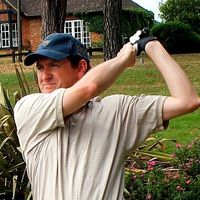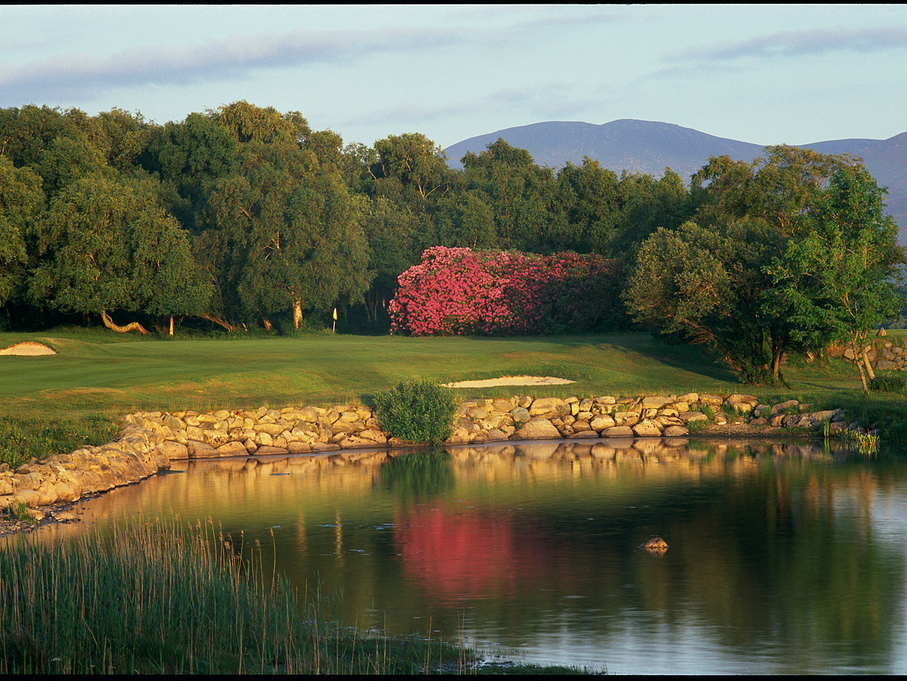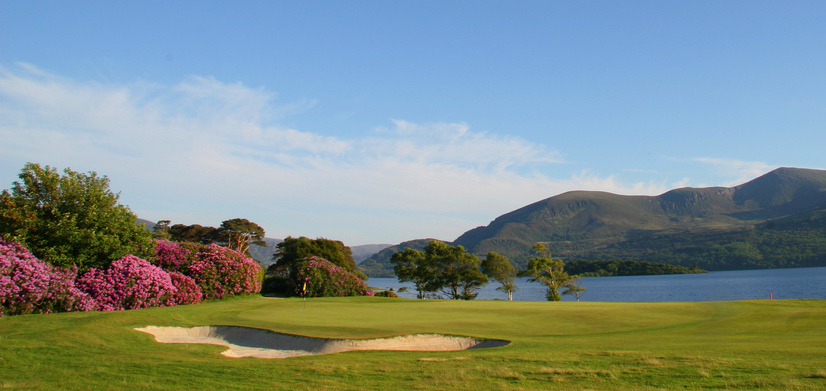Killarney Golf & Fishing Club
The club has two 18-hole courses with attractive holes centred around a lake


Killarney Golf & Fishing Club has two 18-hole courses with attractive holes centred around a lake
Killarney Golf & Fishing Club - Killeen course The Killeen course at Killarney Golf & Fishing Club is a parkland layout in south west Ireland that has held many top tournaments.
The Irish Open was played here in 2010 and 2011, won by Ross Fisher and Simon Dyson respectively. It also hosted the Irish Open Championship in 1991 and 1992, with Nick Faldo victorious on both occasions, and the Curtis Cup in 1996, when the GB team triumphed.
Like its sister course, Mahony’s Point, it has spectacular views of the McGillicuddy Reeks, the highest mountain range in Ireland, and is laid out beside a huge lake.
This lake features on the early holes. The appealing first hole doglegs right around the lake, and the 3rd is an attractive one-shotter over water.
The opening holes are a surprisingly gentle introduction to the course considering that this layout is a top tournament venue, but the course certainly bares its teeth later on, especially when the wind blows.

The 10th, the final of three par 3s on the layout, is played back towards the lake, with water in front and behind the green. As the wind was blowing hard from the left, this was a very tricky green to hit - I think only one of the six in our party did so.
Subscribe to the Golf Monthly newsletter to stay up to date with all the latest tour news, equipment news, reviews, head-to-heads and buyer’s guides from our team of experienced experts.
Water comes into several holes here, including the final one where a water feature snakes down the left hand side of the left-curving stroke index 3 par 4.
Killarney Golf & Fishing Club - Mahony’s Point This parkland course has spectacular views of the McGillicuddy Reeks, the highest mountain range in Ireland, and is laid beside a huge lake.

Mahony's Point was the first course built at Killarney Golf & Fishing Club. The inspiration behind it was Lord Castlerosse, and his motivation had been a visit to Augusta National.
After this, he had wanted to create something similar in Killarney and boasted that “The Killarney Golf Course will be one of the wonders of the world.” The course opened in 1939, four years before his death.
Although it does not match Augusta’s grandeur or beauty, it does have rhododendrons and a superb closing hole, a picturesque par 3 over the corner the lake.
This ends a three-hole stretch beside the water where the course is as its best. On 16 you crest a hill in the fairway to see the lake in front of you, the green perched on its edge. The 17th is an exceedingly beautiful hole played along the lake shore to a green complex set among rhododendrons.

There are few bunkers on the course and some of the early holes lack some definition. There is a feeling of walking through an attractive parkland , rather than along an attractive golf course at times.
The prettiest of the early holes was the 4th, a rising short par 3. The mountains loom over the design, but the course is routed so that you rarely fire towards them.
Contributing Writer Roderick is the author of the critically acclaimed comic golf novel, Summer At Tangents. Golf courses and travel are Roderick’s particular interests. He writes travel articles and general features for the magazine, travel supplement and website. He also compiles the magazine's crossword. He is a member of Trevose Golf & Country Club and has played golf in around two dozen countries. Cricket is his other main sporting love. He is also the author of five non-fiction books, four of which are still in print: The Novel Life of PG Wodehouse; The Don: Beyond Boundaries; Wally Hammond: Gentleman & Player and England’s Greatest Post-War All Rounder.
